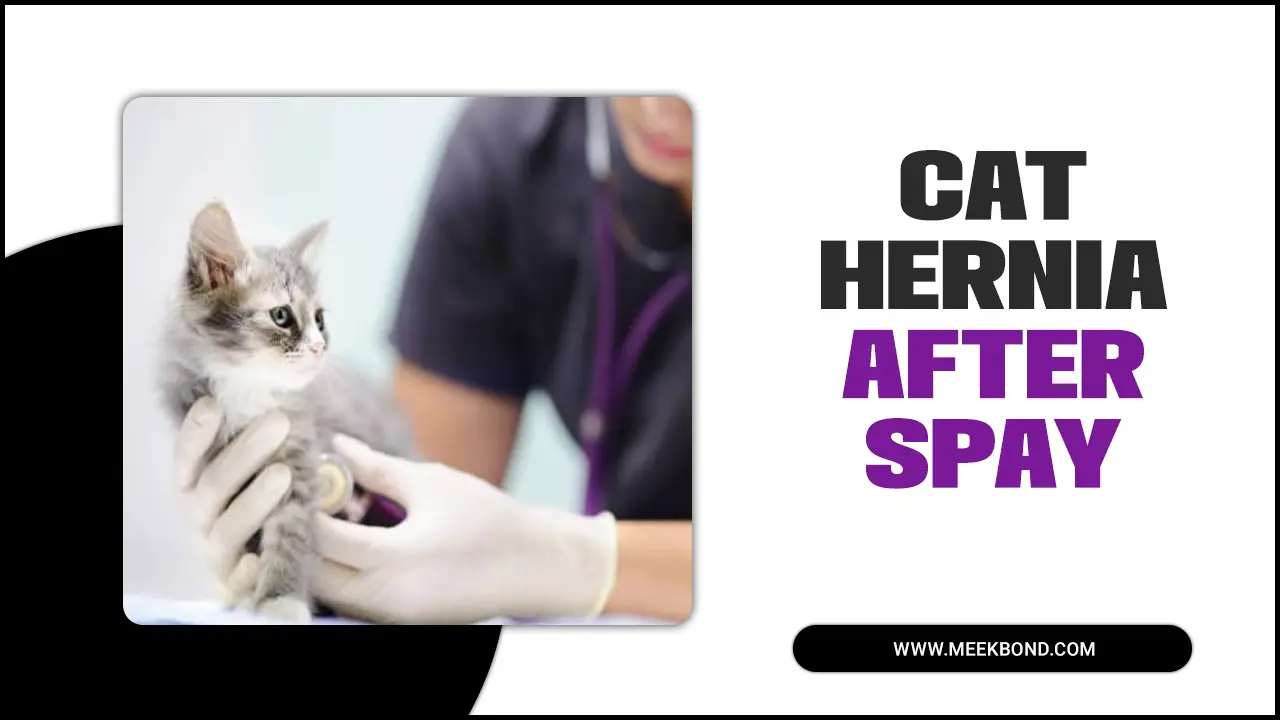Siamese cats are one of the most popular breeds of felines in the world today. Their unique and captivating looks, high intelligence, and affectionate nature make them a favorite among cat lovers.
Siamese cats come in various colors and patterns, but one of the most striking is the Siamese cat with white paws. This particular coloration is not only visually appealing, but it also comes with unique characteristics and care needs.
Here we will discuss everything you need to know about Siamese cats with white paws, from their traits and temperament to their grooming and health requirements. Whether you are a new Siamese cat owner or simply looking to expand your knowledge about this stunning breed, this post is for you. So, if you want to learn more about Siamese cats with white paws and how to best care for them, keep reading.

Here To Know All About The Siamese Cat With White Paws

If you’re a proud owner of a Siamese cat with white paws, you might wonder how to care for them properly. Fortunately, there are step-by-step information guidelines available that can help you ensure your furry friend stays healthy and happy.
Firstly, keeping their paws clean and free of debris or dirt is essential. You can do this by gently wiping them with a damp cloth. Secondly, Siamese cats are popular for being vocal and social, so giving them plenty of attention and playtime is important.
They are also a high-energy breed, so providing them with toys and interactive games will help keep them stimulated and prevent boredom. Additionally, Siamese cats have a reputation for being prone to dental issues, so it’s important to provide them with a proper diet and plenty of opportunities to chew and exercise their teeth. We also recommend regular visits to the vet to ensure your pet’s overall health and well-being.
Characteristics Of Siamese Cats With White Paws

Siamese cats with white paws are a unique and captivating subset of the Siamese breed, known for their striking appearance and endearing characteristics. These felines possess traits that make them stand out among their peers. Let’s delve into the characteristics of Siamese cats with white paws, step by step.
- Coat Color and Pattern: Siamese cats are renowned for their elegant coat coloration, typically a creamy beige with darker points on their ears, face, paws, and tail. Siamese cats with white paws, as the name suggests, have the addition of white fur on their paws.
- Distinctive Markings: The white paws of these Siamese cats create a clear distinction from the rest of their body. This unique feature draws attention to their dainty and agile paw structure.
- Color Variation: The color of the white fur on their paws can vary from pure white to a softer off-white shade. This variation adds to the individuality of each cat, making them even more captivating.
- Personality Traits: Siamese cats are popular for their sociable, affectionate, and vocal nature. Siamese cats with white paws often exhibit these traits, forging strong bonds with their human companions.
- Playful and Energetic: These cats are bursting with energy and love to engage in interactive play. Their white paws add an element of curiosity and playfulness to their already lively demeanor.
- Intelligent and Inquisitive: Siamese cats are intelligent and curious by nature. Cats with white paws tend to explore their surroundings with heightened curiosity.
- Bonding Through Touch: The white paws of these Siamese cats create a visually delightful and tactile experience. Many cat owners find themselves irresistibly drawn to pet and stroke these charming paws.
Breeding Siamese Cats With White Paws
Breeding Siamese cats with white paws can be challenging, but the results are always worth it. The Siamese breed is popular for its features like pointed ears, blue eyes, and sleek body. However, breeding Siamese cats with white paws adds a unique touch to their appearance. White paws on a Siamese cat can make them stand out among other cats of the same breed.
When breeding Siamese cats with white paws, it’s important to consider the genetic makeup of both parents. The white paws trait is a recessive gene, which means both parents must carry the gene for it to appear in their offspring. Careful selection of breeding pairs is essential to ensure the desired trait is passed on to the offspring.
Aside from their striking appearance, Siamese cats with white paws are known for their playful and affectionate personalities. They are often described as intelligent, curious, and vocal.
The Genetics Of White Paws In Siamese Cats

Siamese cats are one of the most popular cat breeds worldwide. They are known for their striking features, including their blue eyes and pointed coat pattern. Another feature that is often seen in Siamese cats is white paws. However, the genetics behind this trait are not fully understood.
Many breeders and cat enthusiasts have been fascinated by the mystery of white paws in Siamese cats and have been trying to unravel its genetic code. Several studies have attempted to explain the genetics behind this trait but have not yet yielded conclusive results.
One theory is that a recessive gene causes the white paws in Siamese cats to only be expressed when both parents carry the gene. Another theory suggests that the white paws result from incomplete dominance, where the gene for white paws is dominant but partially expresses itself, resulting in white paws only on certain body parts.
Health Concerns For Siamese Cats With White Paws
Siamese cats are a popular breed of felines that cat lovers have cherished for many years. However, when it comes to Siamese cats with white paws, there are some health concerns that owners should be aware of. One of the main concerns is the possibility of skin cancer.
Cats with white fur, especially on their paws, are more prone to developing skin cancer due to their lack of melanin, which protects against harmful UV rays from the sun. It is important for owners to keep their cats indoors during the hottest parts of the day and apply pet-safe sunscreen if they must go outside.
Additionally, Siamese cats are prone to dental issues, so owners should ensure they receive regular dental check-ups and cleanings. Other common health concerns for Siamese cats include respiratory, eye, and kidney disease. Regular visits to the veterinarian can help catch these issues early and prevent them from becoming more serious.
Grooming And Caring For Siamese Cats With White Paws

Caring for Siamese cats with white paws requires regular grooming and attentive care to ensure their unique beauty remains vibrant and their overall well-being is maintained. Let’s delve into the step-by-step guide for grooming and caring for these captivating felines.
- Brushing Routine: Begin by establishing a consistent brushing routine. Siamese cats have short, fine coats that shed moderately. Regular brushing keeps their fur looking sleek and helps reduce shedding.
- Nail Care: Trim their nails every few weeks to prevent overgrowth and potential discomfort. Gently clip the tips, being cautious not to cut too close to the quick.
- Ear Cleaning: Clean their ears on a monthly basis. Use a soft, damp cloth or a vet-recommended ear cleaner to remove dirt and wax.
- Oral Health: Dental care is crucial for their overall well-being. Brush their teeth regularly using a feline-specific toothbrush and toothpaste.
- Eye Care: Siamese cats can be prone to tear staining due to their facial structure. Gently wipe around their eyes with a damp cloth to prevent staining.
- Bathing Occasions: Siamese cats are generally fastidious groomers and may not require frequent baths. However, occasional baths can help keep their coat clean.
- Paw Care: Pay special attention to their white paws. Since the white fur can show dirt more prominently, wipe their paws with a damp cloth as needed. Regular paw checks also allow you to spot any injuries.
- Nutrition: Provide a balanced, high-quality diet to maintain their health and coat condition. Consult your veterinarian for recommendations tailored to your cat’s specific needs.
- Regular Vet Visits: Schedule routine check-ups with a veterinarian to monitor their health and address any concerns promptly.
- Engagement and Play: Siamese cats are social and active by nature. Engage them in interactive play sessions to keep them mentally stimulated and physically active.
Feeding And Nutrition For Siamese Cats With White Paws
Feeding and nutrition are crucial in maintaining the health and well-being of Siamese cats with white paws. These cats have unique dietary requirements that must be met to ensure optimal health. One important consideration is the quality of the food.
High-quality food rich in protein and essential nutrients can help keep Siamese cats with white paws in excellent condition. A diet high in protein can also help maintain healthy muscles and joints. Additionally, it is essential to provide them with sufficient amounts of water to prevent dehydration.
It is also important to avoid feeding them human food as it can lead to digestive problems. Owners of Siamese cats with white paws should also ensure that they feed their cats the correct amount of food to prevent obesity, which can lead to various health problems. It is advisable to consult with a veterinarian or a nutritionist to determine the ideal portion size for your cat’s age, weight, and activity level.
Finding A Siamese Cat With White -Paws: Adoption And Purchase Options

If you’re looking for a Siamese cat with -white paws, several options are available for adoption or purchase. Adopting a cat from a shelter is always a great option as it gives a loving home to a cat in need. You can visit your local animal shelter or search for Siamese cat rescues online. Adoption fees typically cover spaying/neutering, vaccinations, and other medical expenses, making it an affordable option.
Some reputable breeders specialize in Siamese cats if you prefer to purchase a Siamese cat with white- paws. It’s important to do your research and choose a licensed breeder who follows ethical breeding practices and prioritizes the health and well-being of their cats. Be prepared to pay a higher price for a purebred Siamese cat from a breeder.
Conclusion
Siamese cats with white paws are a unique and stunning breed known for their intelligence, loyalty, and affectionate nature. These cats require regular grooming due to their short, fine coats, and they also need plenty of attention and playtime to stimulate their active minds.
If you are considering getting a Siamese cat with white- paws as a pet, be prepared to devote time and love to this wonderful feline companion. With proper care and attention, a Siamese cat with white paws can make a loyal and loving addition to any household.
FAQs
Are Siamese Cats With White Paws Hypoallergenic?
No, Siamese cats with white paws are not hypoallergenic. They still produce allergens like all other cats, although some may react less to their fur.
What Health Issues Are Common In Siamese Cats With White Paws?
Siamese cats with white paws are prone to certain health issues, including respiratory, dental, and kidney disease. Regular checkups with a veterinarian are important to catch and treat any health issues early.
How Much Exercise Do Siamese Cats With White Paws Need?
Siamese cats with white paws are high-energy and need plenty of daily exercise. Playing with toys, climbing, and running are great ways to keep them active.
Are Siamese Cats With White Paws Vocal?
Yes, Siamese cats are known for being vocal and talkative. They often meow to communicate with their owners and can be quite chatty.
Do Siamese Cats With White Paws Get Along With Other Pets?
Siamese cats with white paws can get along with other pets, but it depends on the individual cat’s personality and the temperament of the other animals in the household. Proper introductions and supervision are important to ensure peaceful coexistence.

Aquarium passion is all about connecting with the aquatic life and providing education to the public on the importance of these creatures. We showcase a wide variety of marine life through our exhibits as well as working with schools to provide unique learning opportunities for students of all ages.


![How To Keep Possums Out Of Cat House? [Easy Guideline]](https://meekbond.com/wp-content/uploads/2021/12/How-To-Keep-Possums-Out-Of-Cat-House.jpg)






